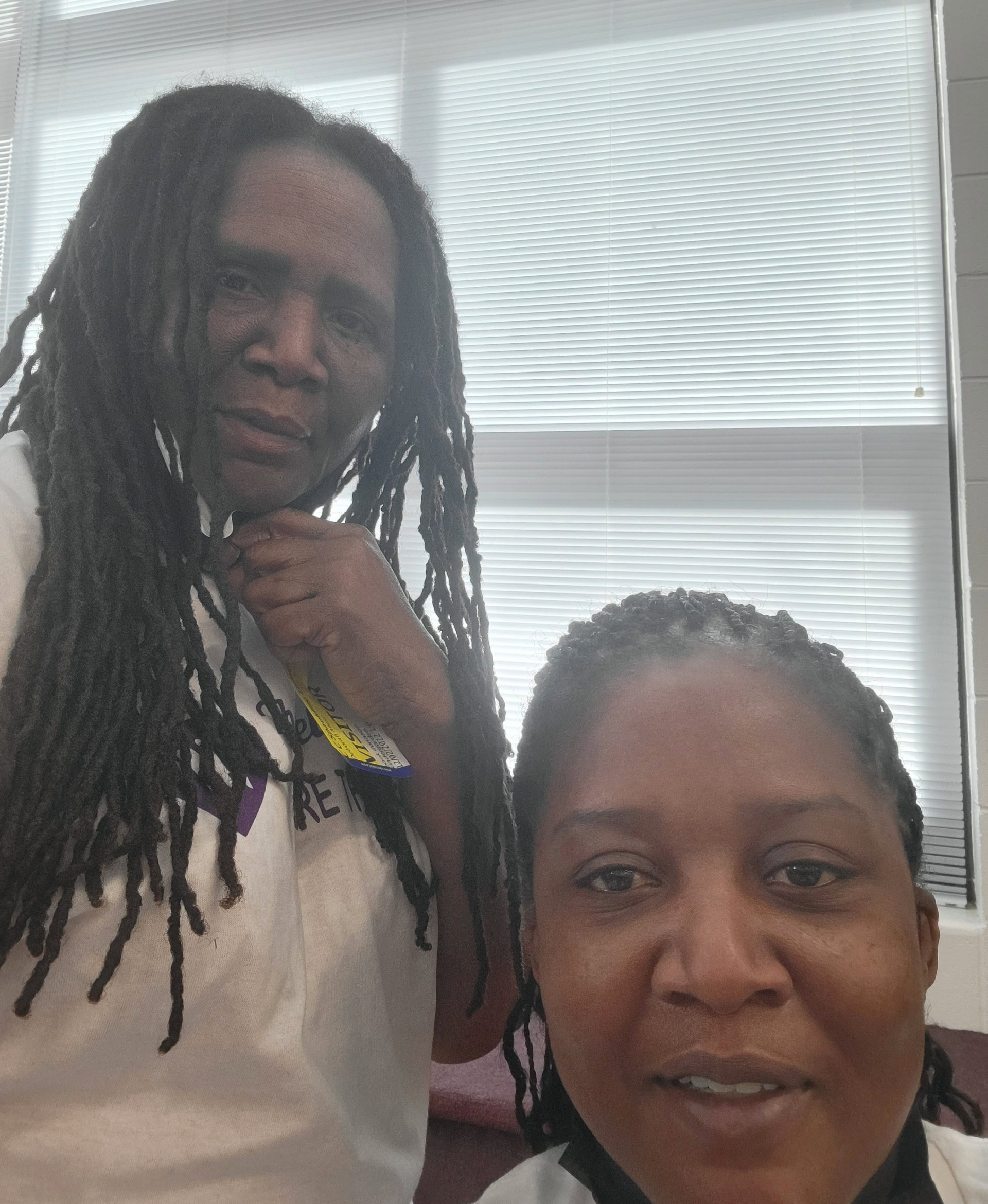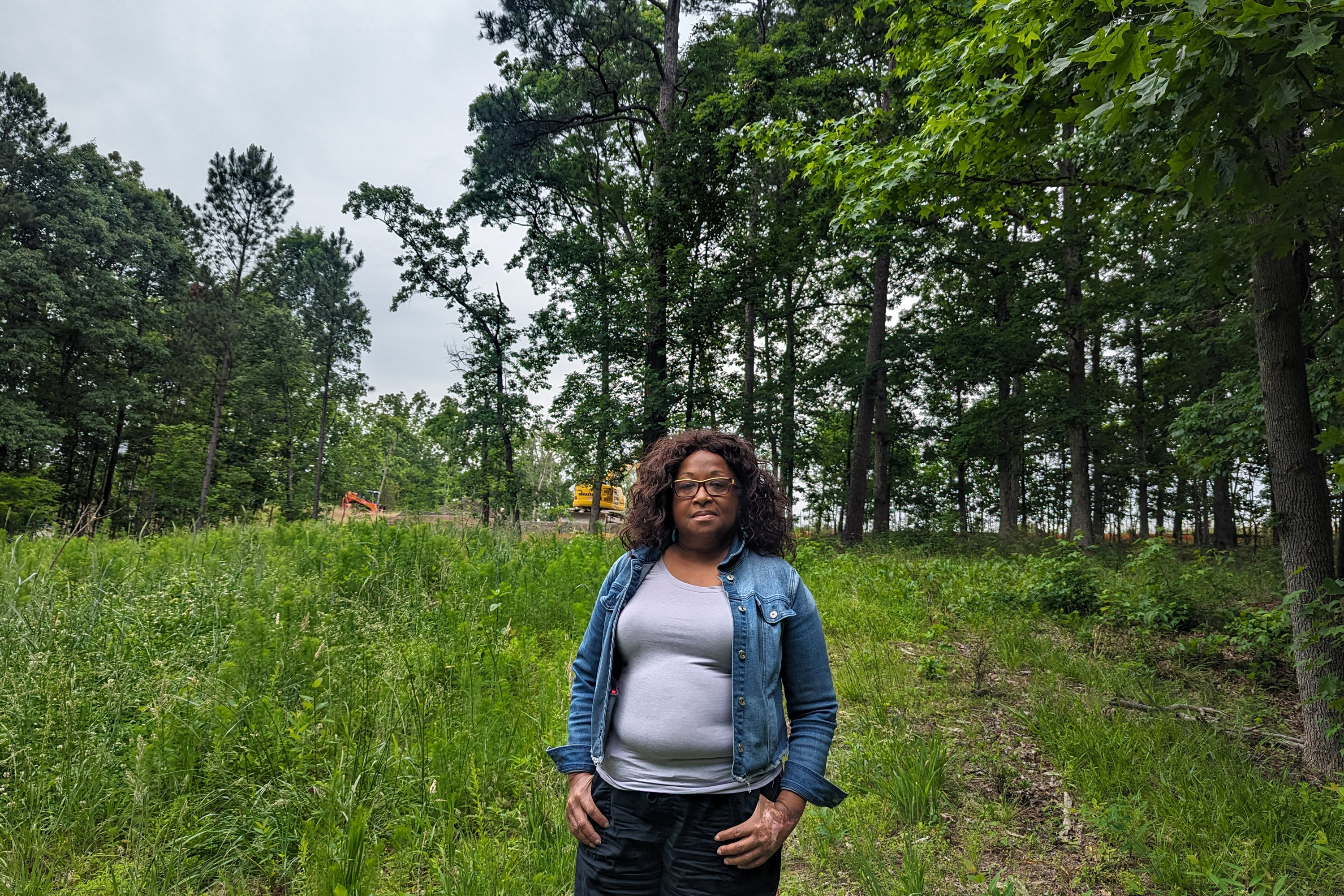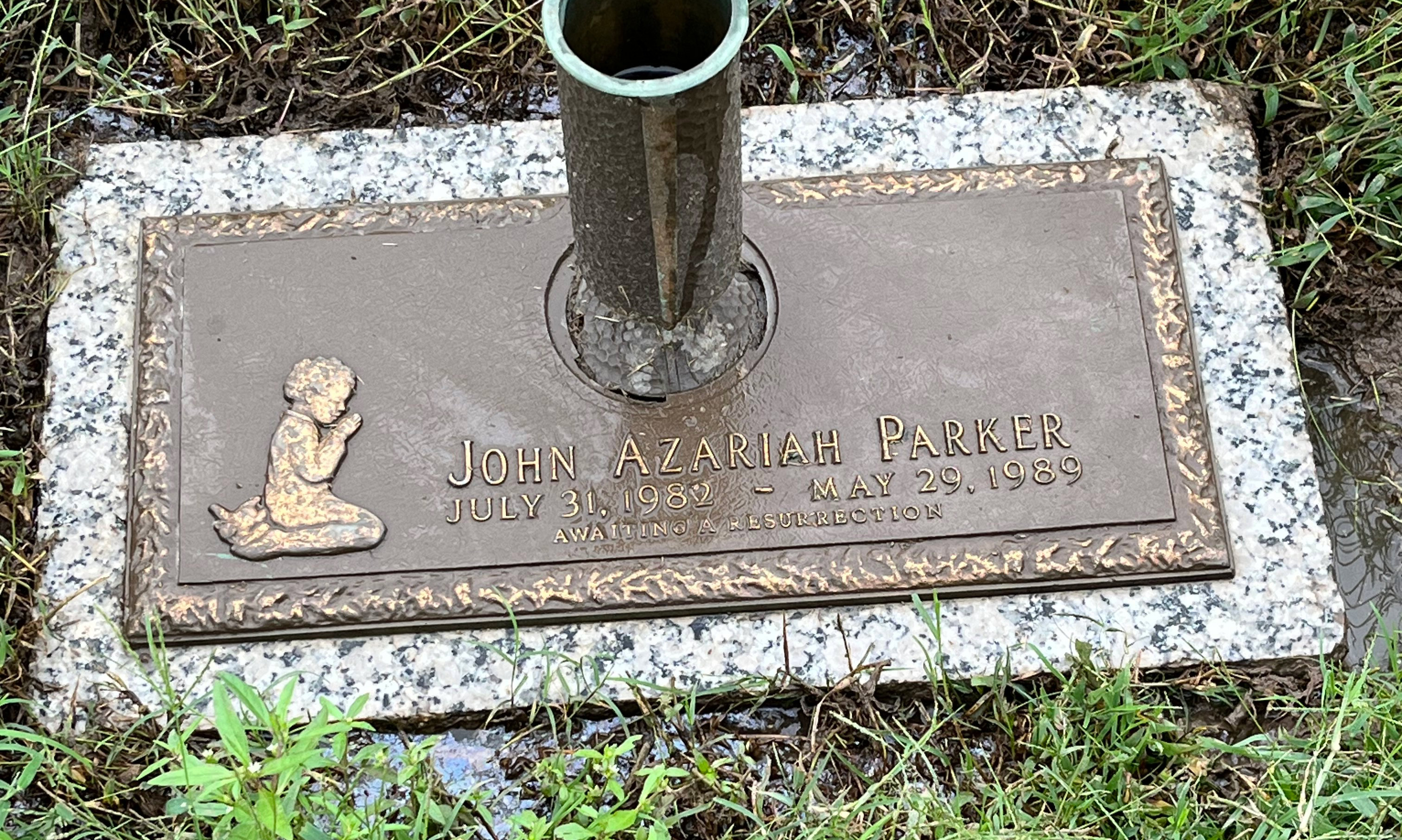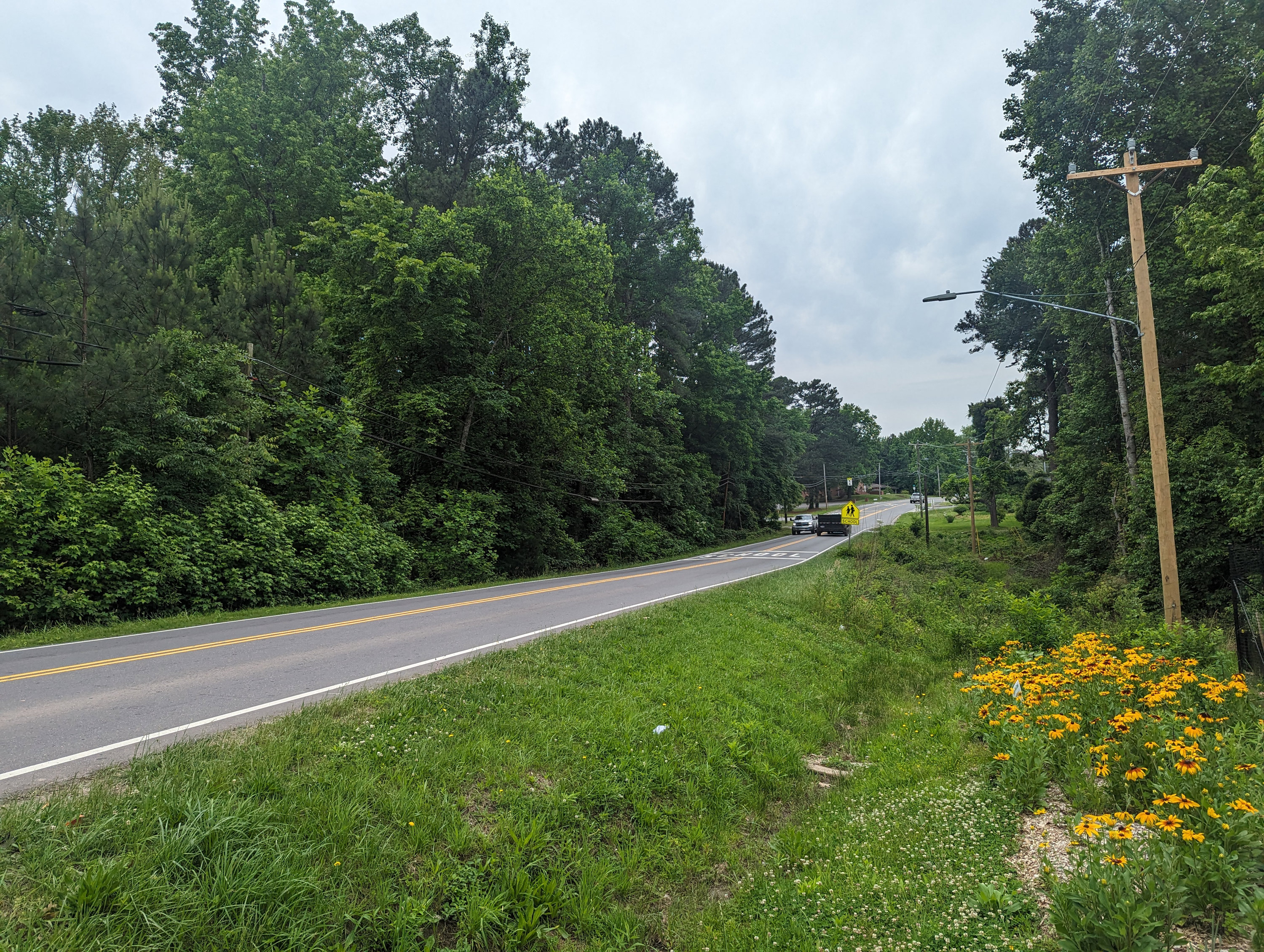DURHAM, N.C. — It’s been 35 years since John Parker died after a pickup collided with the bike he was using on Cheek Highway in east Durham earlier than faculty. He was 6.
His mom, Deborah Melvin-Muse, doesn’t show images of him, the second-youngest of six kids. His brother’s birthday was the day after the crash — and he hasn’t celebrated it since. An older brother carries a deep sense of guilt as a result of he was taking care of John that morning.
And Cheek Highway, in a predominantly Black neighborhood, nonetheless lacks sidewalks for youngsters to soundly make their method to the native elementary faculty.
This, regardless of the years neighborhood activists and tutorial researchers have spent pleading with metropolis leaders for security enhancements alongside the busy thoroughfare with sloping shoulders the place John died. Drivers zoom alongside Cheek Highway within the Merrick-Moore neighborhood, which connects downtown Durham to industrial websites and newer suburban developments.
Melvin-Muse moved her household out of the neighborhood after John’s loss of life. “Now when I go down there, I look and see, you know, nothing really changed,” she mentioned. “It still looks the same.”

Cheek Highway has been “identified as needing improvements” by a neighborhood metropolitan planning board, mentioned Erin Convery, Durham’s transportation planning supervisor, in an electronic mail.
“The infrastructure that exists is not well implemented,” concluded a Could preliminary report produced by College of North Carolina-Chapel Hill college students who collected knowledge on rushing, noise, and air high quality alongside Cheek Highway. “Poorly marked crosswalks and inadequately positioned bus stops show a need for safety and accessibility improvements,” the report mentioned.
Knowledge was tough to gather as a result of “there were areas we didn’t want to get out of our cars because of the dangerous conditions,” mentioned Ari Schwartz, one of many researchers.
Within the Nineteen Forties, Black navy veterans getting back from World Battle II helped set up the Merrick-Moore neighborhood. Since then, residents say they’ve endured every little thing from noisy industrial vehicles and rushing automobiles to unlawful tire dumping and air air pollution that threaten their well being and security.
Pedestrian deaths are highest in previously redlined areas, neighborhoods the place Black folks lived due to discriminatory federal mortgage lending practices, analysis exhibits. The dearth of sidewalks, broken walkways, and roads with excessive velocity limits are concentrated in these neighborhoods, research present, making a little-recognized public well being disaster.
Governments put money into roads for folks driving by such neighborhoods, however not in security measures — like sidewalks, crosswalks, visitors circles, and velocity bumps — that defend folks residing in them, researchers and advocates say.
“People will talk about vulnerable communities as if there is a problem with these communities, when in fact it is our systems and policies that have created these failings,” mentioned Darya Minovi, a senior analyst on the Union of Involved Scientists who research environmental well being and justice.
Whereas the share of Black residents in Merrick-Moore has dropped in current a long time, knowledge exhibits the neighborhood stays greater than 80% Black or Hispanic and households there are sometimes much less well-off than in different elements of the town.
“Local government takes money from the neighborhood but does not invest in it,” mentioned Bonita Inexperienced, head of the Merrick-Moore Group Improvement Company and a former Metropolis Council candidate.
Inexperienced mentioned the neighborhood group had documented greater than 100 auto crashes alongside Cheek Highway throughout a current four-year span and at the very least three pedestrian deaths earlier than 2020. On this fast-growing metropolis of roughly 300,000, college students at Merrick-Moore Elementary and others at a close-by highschool typically stroll alongside the street — the place visitors is heavy, drivers are recognized to ignore the 25-mph velocity restrict, and the shoulders slope steeply.

When longtime residents like Ponsella Brown see youngsters strolling there or hear about one other accident, they keep in mind the loss of life of John Parker, who was in first grade.
“I just cringe,” mentioned Brown, who labored as an administrative assistant at Merrick-Moore Elementary when John died. “Every time it comes up, it’s like really vivid in my mind.”
On the day John died, somebody rushed into the workplace and mentioned a baby had been hit by a automotive on Cheek Highway, recalled Brown, who mentioned she ran to the scene.
“I remember the way his head was turned. I remember the spot of blood on his face. Like one speck of blood,” mentioned Brown, who additionally works for the Merrick-Moore Group Improvement Company and is now a counselor at one other faculty.
Visitors on Cheek Highway is predicted to extend because the inhabitants grows in Durham and surrounding areas, in accordance with a separate April report from UNC graduate college students. It famous that throughout the morning faculty drop-off time, many automobiles driving on Cheek Highway don’t observe the posted velocity limits.
Beneath an fairness program meant to reverse the hurt finished to communities of shade, Convery mentioned, Durham officers are contemplating traffic-calming measures, together with visitors circles, velocity cushions, and high-visibility crosswalks.
“We’re open to future conversations that will help us achieve zero traffic deaths and injuries,” Convery mentioned.
But a 2017 plan that prioritized greater than 600 sidewalk tasks primarily based on security, fairness, and demand didn’t embrace Merrick-Moore Elementary Faculty on Cheek Highway, she mentioned.
A strike by Durham faculty bus drivers this 12 months solely heightened issues in regards to the lack of protected strolling routes for the 650 college students who attend the elementary faculty, in accordance with the April report.
Melvin-Muse, now 67, was at work when she bought a name that John had been struck by a truck in entrance of their home. Earlier than she left dwelling that late Could morning in 1989, she put her older youngsters answerable for the youthful ones. They handed the time earlier than faculty using bicycles close to their home, just a few blocks from Merrick-Moore Elementary Faculty, when the accident occurred.

John died two months shy of his seventh birthday from “massive head injuries,” in accordance with The (Raleigh) Information & Observer, which wrote about his loss of life on Cheek Highway on the time. John was buried in Markham Memorial Gardens, in accordance with his obituary in The (Durham) Herald-Solar.
Melvin-Muse mentioned his loss of life despatched the household right into a tailspin of grief, anger, and remorse.
“It caused a big rip in the family,” Melvin-Muse mentioned.
Melvin-Muse and John’s father later divorced. She mentioned she paid for remedy for her different youngsters, however they nonetheless bought in bother in school and two of her kids ended up residing in a house for teenagers with behavioral well being points. “It was just a bad time,” she mentioned.
Years after the accident, Melvin-Muse mentioned, she labored up the braveness to name the driving force who had hit her son. When he answered, he didn’t acknowledge her title, or John’s, fueling her rage, she recalled.
“I wanted revenge. An eye-for-an-eye kind of thing,” she mentioned. “And I plotted to take him out the same way my son was taken out.”
She went as far as to get a job the place he labored, the Durham County tax division, solely to search out he had left per week earlier than she began.
“God knows what was in my heart and what I planned on doing,” Melvin-Muse mentioned. “God moved him out of that place before I got there.”

Healthbeat is a nonprofit newsroom protecting public well being printed by Civic Information Firm and KFF Well being Information. Join its newsletters right here.




